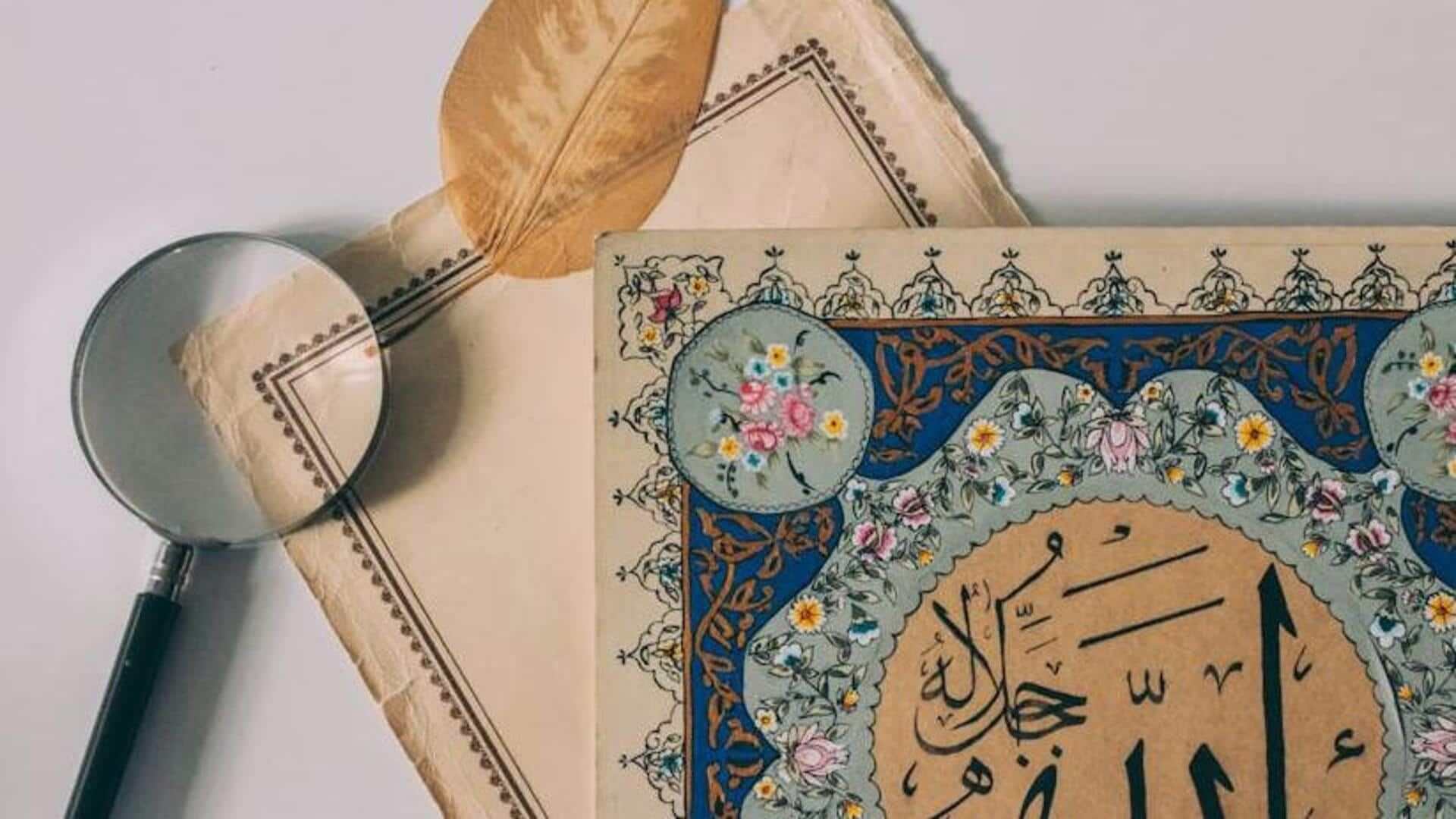
Making history fun: How to get kids interested
What's the story
By involving kids in cool artifact exploration projects, they will gain a deeper understanding of different cultures, eras, and important events in history.
These hands-on activities not only offer valuable learning opportunities but also foster critical thinking and research skills.
Read on to discover how to spark their interest in history through fun artifact exploration projects (perfect for beginners)!
Local exploration
Start with local history
Begin by delving into the history of your own locality. Every town and city has a rich past waiting to be discovered.
Local museums or historical sites offer the opportunity for kids to see artifacts up close.
Some even provide tours specifically designed for children, balancing education with fun.
This approach allows kids to understand the past in a more personal way, fostering a sense of pride in their community.
Time capsule project
Create a time capsule
A time capsule project gets kids thinking about what objects define our time.
They choose items they think are important and pen a letter justifying their selections.
These are then sealed in a container for opening at a later date.
This exercise fosters curiosity about how everyday objects become historical artifacts and allows kids to imagine how future generations might perceive our era.
Craftsmanship challenge
Replicate historical artifacts
Asking kids to recreate historical artifacts with craft materials is a fun and interactive way to reinforce history lessons.
Choose an artifact that relates to their current studies (e.g., pottery from ancient civilizations or tools used by early settlers) and task them with replicating it as faithfully as they can.
This project necessitates research, fosters creativity, and hones problem-solving skills, making it a great learning tool.
Sharing history
Organize an artifact show-and-tell
Set up a show-and-tell where students bring in an artifact they've either researched or created.
They should be prepared to give a short presentation about its origin, use, and significance in history.
This not only enhances public speaking skills but also encourages peer learning, as they get to share their findings.
It's a fun, interactive way to collectively delve into history.
Virtual discovery
Digital artifact exploration
In the modern digital era, you don't have to leave your house to access a wealth of resources for exploring historical artifacts from around the world.
Many museums offer virtual tours that allow viewers to examine detailed images of artifacts accompanied by descriptions of their historical significance.
Parents can urge their kids to take virtual museum tours centered around particular periods or themes they are curious about.